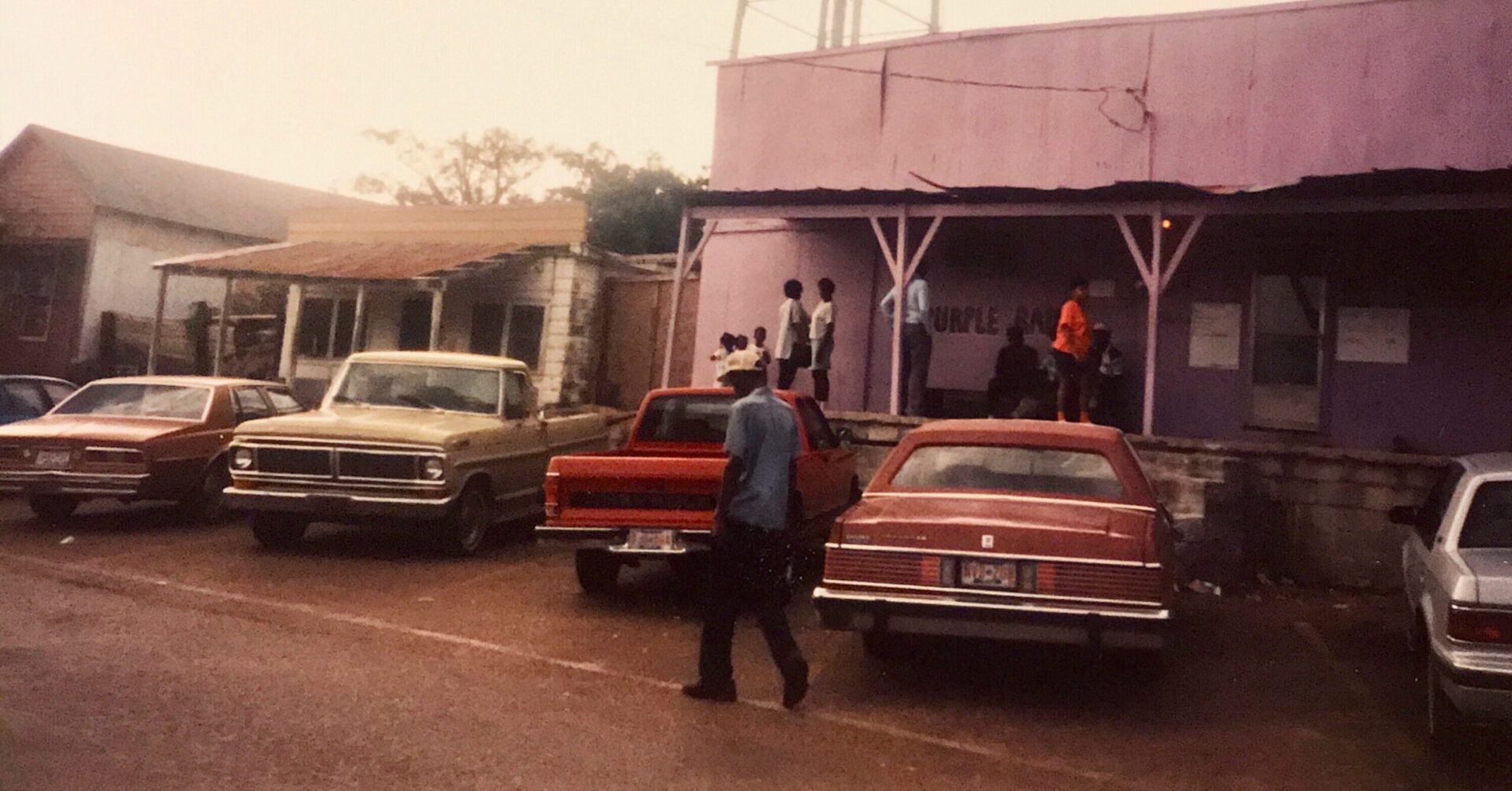southern soul
New Meets Old at the Plexx
Dr. Alfred Brown’s club called The Plexx in an old decrepit shopping center on E. H. Crump Boulevard in Memphis is one of the few …
Booker Brown and Big Don Valentine Deliver The Blues at September In Fredonia
Since nobody seemed to know where in Mason Big Don Valentine would be performing, I sent him a text on Facebook to ask about the …
Celebrating Unity And An Effort To Save A Dying Town
On a weekday afternoon, I had driven up to Mason, Tennessee after work to eat at Bozo’s Bar-B-Que, and had noticed signs around the little …
Coors Memphis Celebrating the Southern Heritage Classic With John Williams and the A440 Band
During the tailgating day at the Southern Heritage Classic, the ultimate destination is the official City of Memphis party sponsored by Coors Memphis, on what …
Red White & Blues: Celebrating the Fourth With R. L. Boyce in North Mississippi
Since blues is one of the unique genres of music invented in America, I can think of few better ways to spend the Fourth of …
R. L. Boyce and the Hill Country Blues at Como, Mississippi
Como, Mississippi is a town of significant importance when it comes to the Hill Country style of blues, and it is a town that has …
Soul Lives In Memphis at The Plexx
On a rainy Friday night, after I had eaten dinner at AC’s Steakhouse in Hernando, Mississippi, I was driving back into Memphis looking for some …
Kent Kimbrough's Birthday Party at Junior's Juke Joint #2 in Holly Springs
I had been at Duwayne Burnside’s birthday event at the Blues Shack earlier in the evening, and he had mentioned that drummer Kent Kimbrough was …
